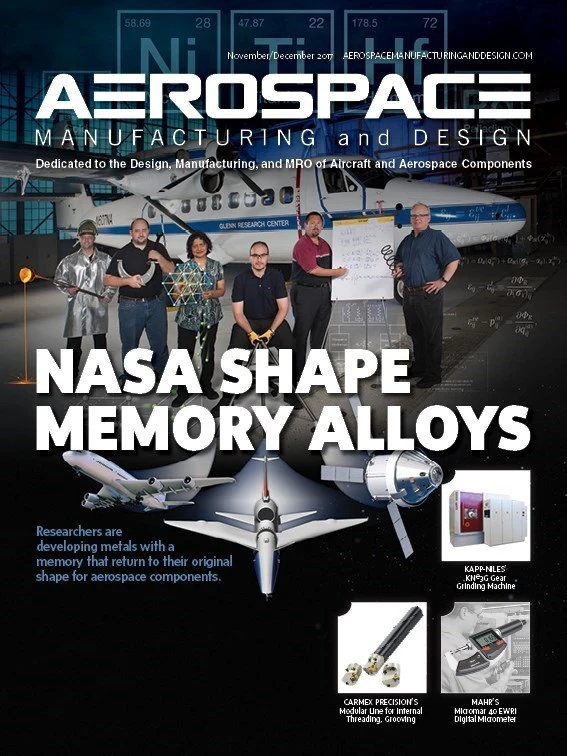At Arconic’s additive manufacturing facility in Austin, Texas, engineers 3D printed a titanium bracket for installation on a series production Airbus A350 XWB commercial aircraft. While airplane makers have been using 3D-printed parts for components inside the cabin for some time, equipping airframes with metal additively manufactured parts
The bracket is part of Arconic’s three-agreement partnership with Airbus to produce titanium and nickel 3D-printed parts for Airbus A320 and A350 XWB aircraft. These agreements draw on Arconic’s additive manufacturing capabilities, including laser powder bed and electron beam processes.

Don Larsen, Arconic’s vice president of research and development and general manager of advanced manufacturing, tells Aerospace Manufacturing and Design the 3D printed part is a non-load-bearing component in the engine pylon. It’s made from Ti-6Al-4V titanium alloy using laser powder-bed technology, then machined. Larsen says Arconic’s proprietary customization of the machines and software allow qualifying the part to meet Airbus’ spec’.
“We work a lot with simulated parts to alter the print file so the right dimensions come out of the additive machine instead of printing by trial and error,” Larsen says.
It’s necessary to understand the material properties put into the software so it accurately predicts the printed dimensions. “That’s where Arconic’s intellectual property and knowledge come into play,” Larsen adds.
The part consistently passed mechanical, physical, and chemical validation tests to qualify for a certificate of compliance to earn its place on the airframe.
“This part is ultimately paving the way for other parts that we’ve already won and other parts in the future that will be much more critical to the aircraft structure than this non-load-bearing part,” Larsen says.
Addressing the progression of more-advanced additively manufactured parts, Larsen notes, “First the baby crawls, then it walks, then it runs. We start with something that’s familiar, that’s fairly straightforward, and it gets more difficult and more rigorous as you move to more load-bearing, then fracture-critical, then flight-critical components.” www.airbus.com; www.arconic.com
_fmt.png)
De-powdering enclosure
Inert’s upgraded PowerShield de-powdering enclosure with argon gas management system protects operators from unhealthy exposure to excess metal powders from printed parts during
PADT, Stratasys to open Colorado AM lab
Phoenix Analysis and Design Technologies (PADT), a provider of numerical simulation, product development, and 3D printing solutions, is teaming with Stratasys Ltd. to open an additive manufacturing lab at the Metropolitan State University (MSU) in Denver, Colorado. The Lockheed Martin Additive Manufacturing Laboratory is dedicated to advancing
Initially deployed at MSU Denver, the additive manufacturing curriculum will later become available for use by other academic institutions across the country. Additionally, PADT will work with MSU Denver, Lockheed Martin, and other users to build a Fortus 900mc Users Group within the Rocky Mountain region. www.msudenver.edu; www.padtinc.com; www.stratasys.com
Get curated news on YOUR industry.
Enter your email to receive our newsletters.
Explore the November December 2017 Issue
Check out more from this issue and find your next story to read.
Latest from Aerospace Manufacturing and Design
- Address the challenges of machining high-temperature aerospace components
- Elevate your manufacturing operations with April’s Manufacturing Lunch + Learn
- America Makes announces IMPACT 3.0 Project Call worth $4.5M
- Updated parting and grooving geometries from Sandvik Coromant
- AIX showcases the future of air travel
- Sunnen Products' PGE-6000 gage
- #41 Lunch + Learn Podcast - SMW Autoblok
- Revolutionizing aircraft design without sacrificing sustainability






